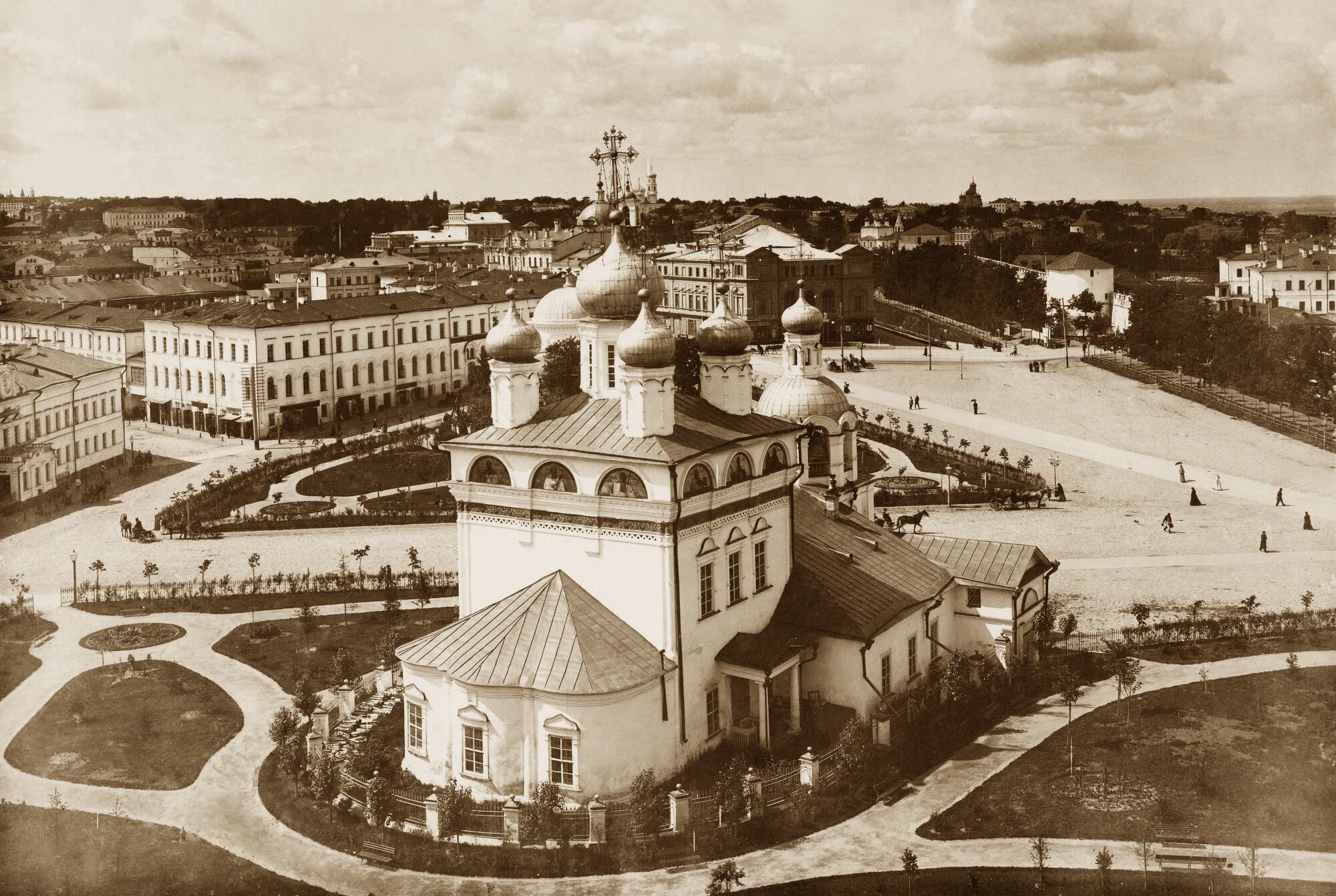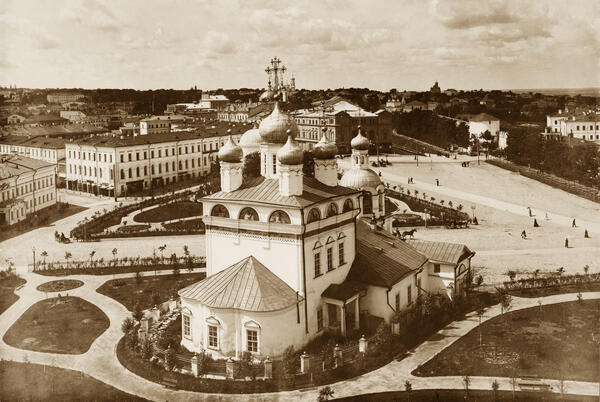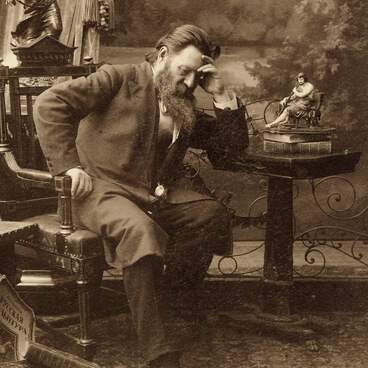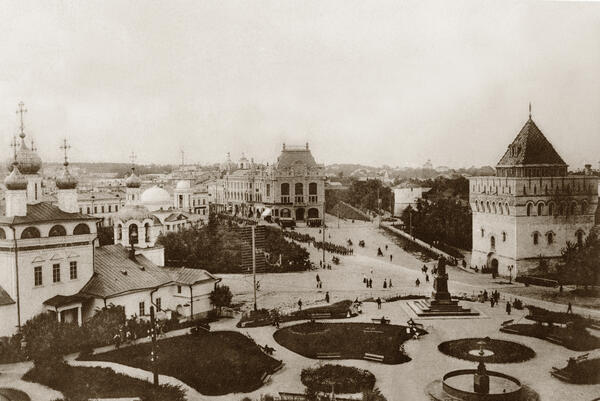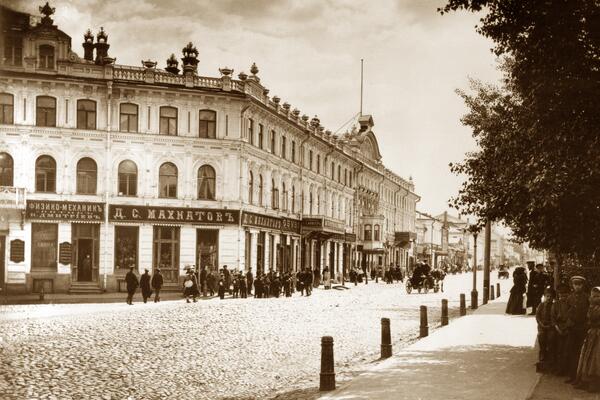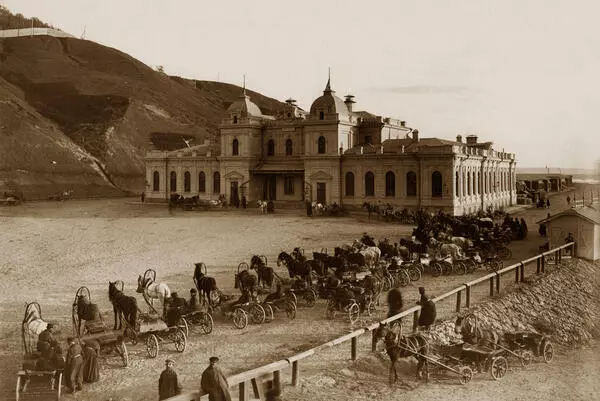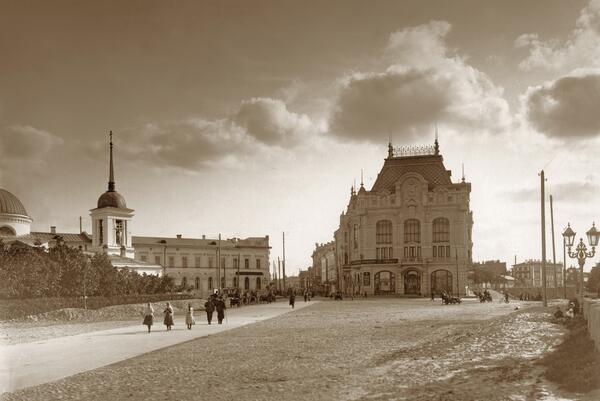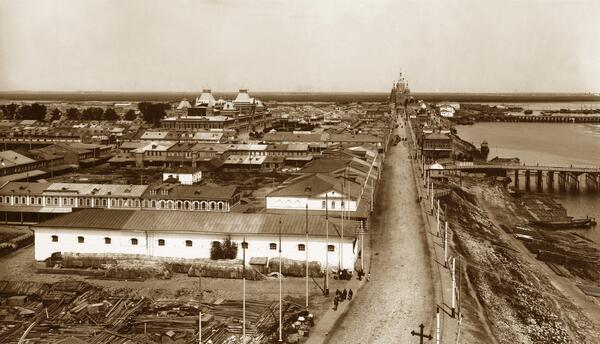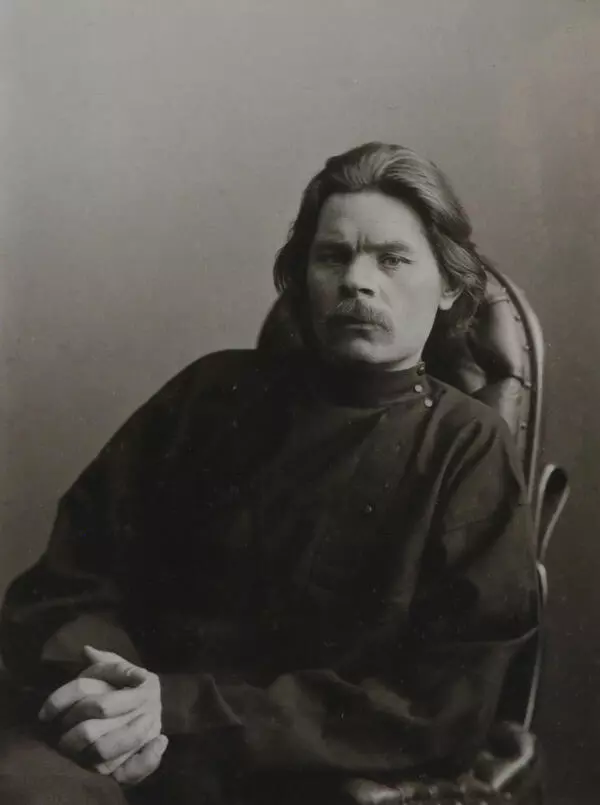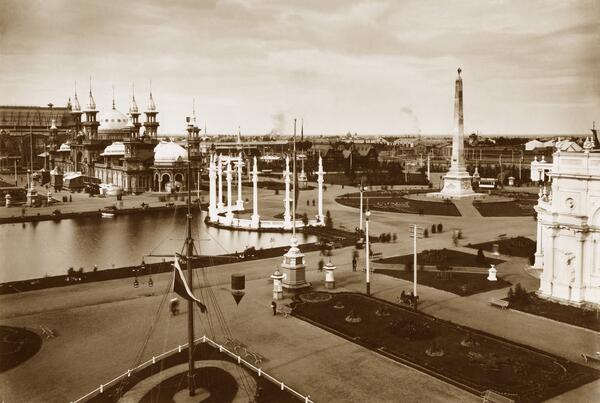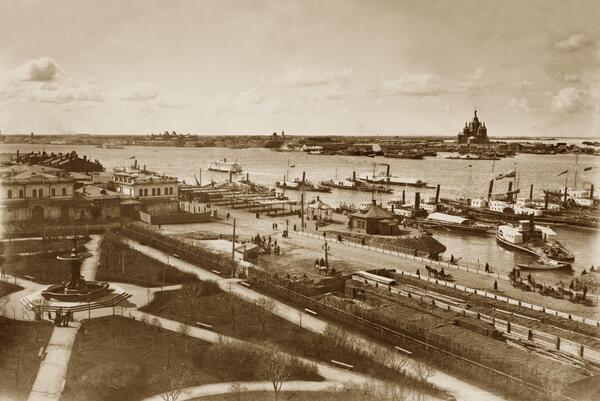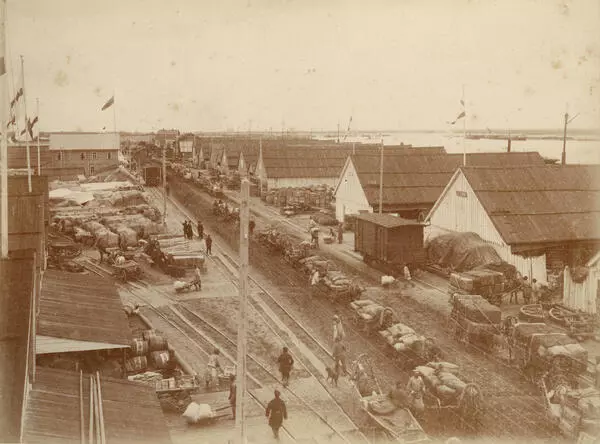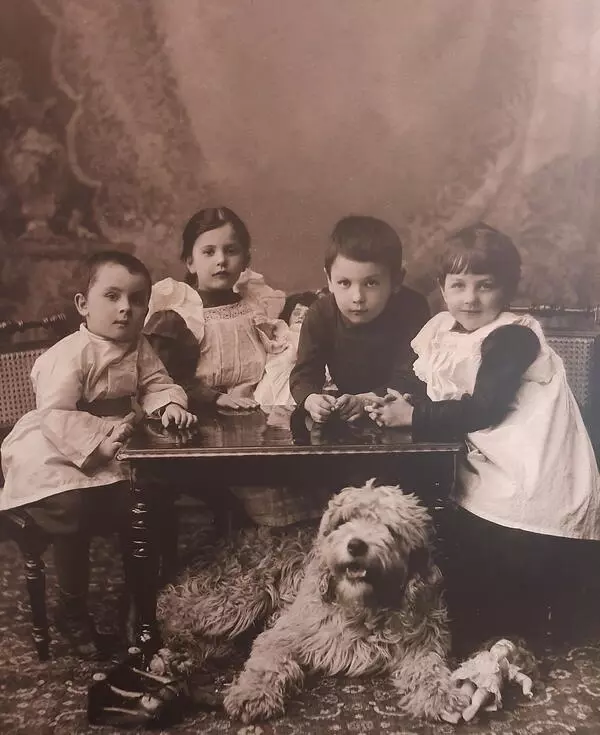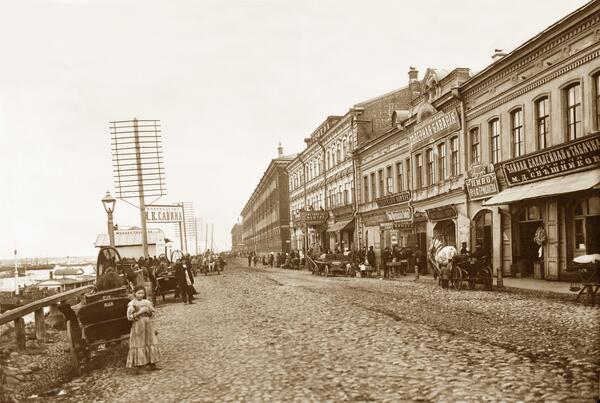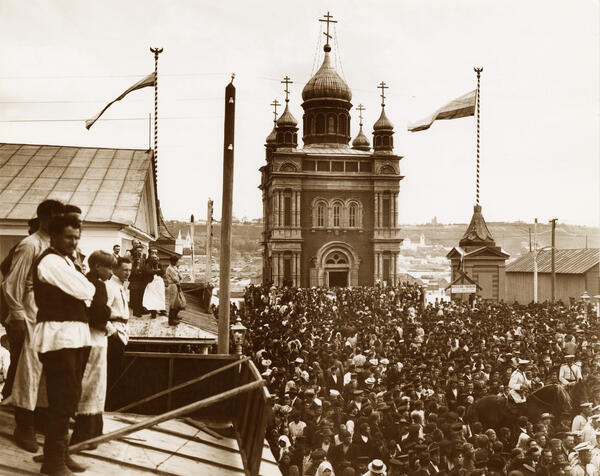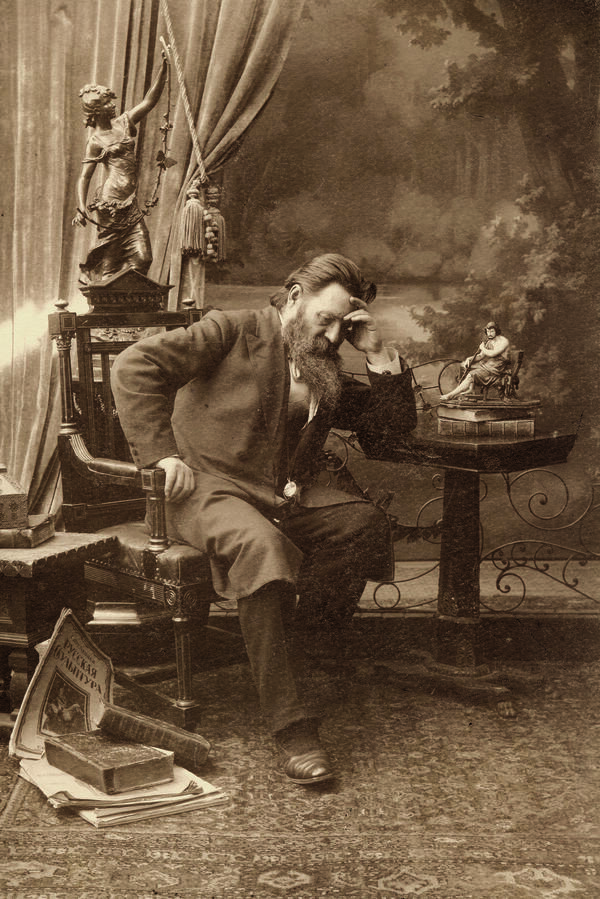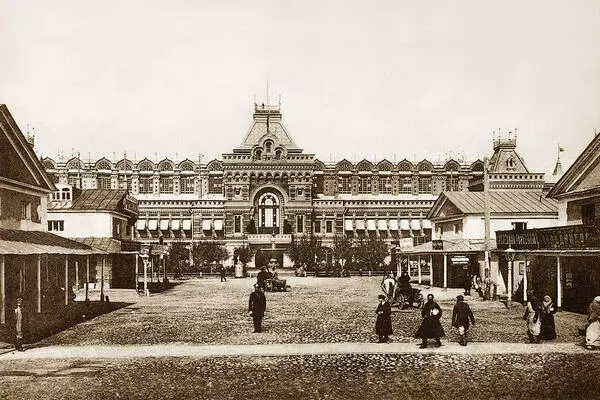The modern Minin and Pozharsky Square in Nizhny Novgorod has changed its name many times throughout history: in the 16th century, the square was called Verkhneposadskaya Square and was the trade center of Verkhny Posad. Following the construction of the Annunciation Cathedral (also known as the Blagoveshchensky Cathedral) in 1697, it was renamed Blagoveshchenskaya Square; after the revolution of 1917 it became known as Sovetskaya Square, and since 1943 it has been Minin and Pozharsky Square.
This square has always played a significant part in the life of the city. It was surrounded by the most important institutions and educational establishments of the governorate and served as a place for city meetings, public festivals, demonstrations and other significant social events. On Blagoveshchenskaya Square, near the Verkhny Posad trading stalls (which is now the building of the Exhibition Hall), there was the St Alexius Church, built in 1641.
The stone Cathedral of the Annunciation was built in the second half of the 16th century on the site of the wooden church of St Demetrius of Thessaloniki. In 1723, the cathedral owned four shops, a barn and some meadows beyond the Volga River, as well as a hundred-pound bell and other church-related items. It oversaw 8 churches and 70 parishes, so that is the reason it was called a cathedral. The cathedral had five domes, covered with green roof tiles, the facade featured frescoes and a velvety emerald tile trim. A bell tower was also built along with the cathedral. In 1831, the dilapidated cathedral was renovated by Fyodor Petrovich Pereplyotchikov (he was the mayor of Nizhny Novgorod twice: in 1816–1818 and 1834–1836), and in 1866, the worn-out tiles on the roof and five domes of the cathedral were replaced with tinned sheet iron. According to the description of the cathedral given by Vasily Ivanovich Vinogradov in the 1896 “Guide to Nizhny Novgorod and the Fair”, the cathedral often sustained some damage to it but was always carefully restored.
The cathedral miraculously survived the revolution,
but in 1929, it was decided to demolish it together with the St Alexius Church
to free some space for parades and demonstrations. At first, by the decision
from April 4, 1929, the cathedral building was allocated for the society of the
disabled. But on
April 8, 1930, at the insistence of the City Council, it was decided to
demolish the cathedral for “obstructing traffic”. The demolition was completed
on August 18, 1930, and the area was redesigned. Now the place where the
cathedral used to be is occupied by a monument to Kuzma Minin, who organized
the second people’s militia during the Time of Troubles.
